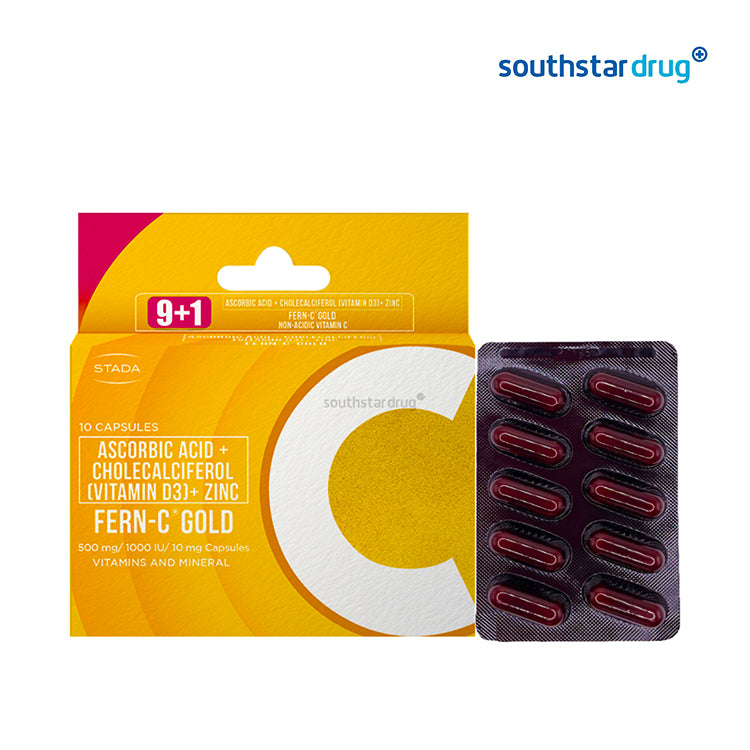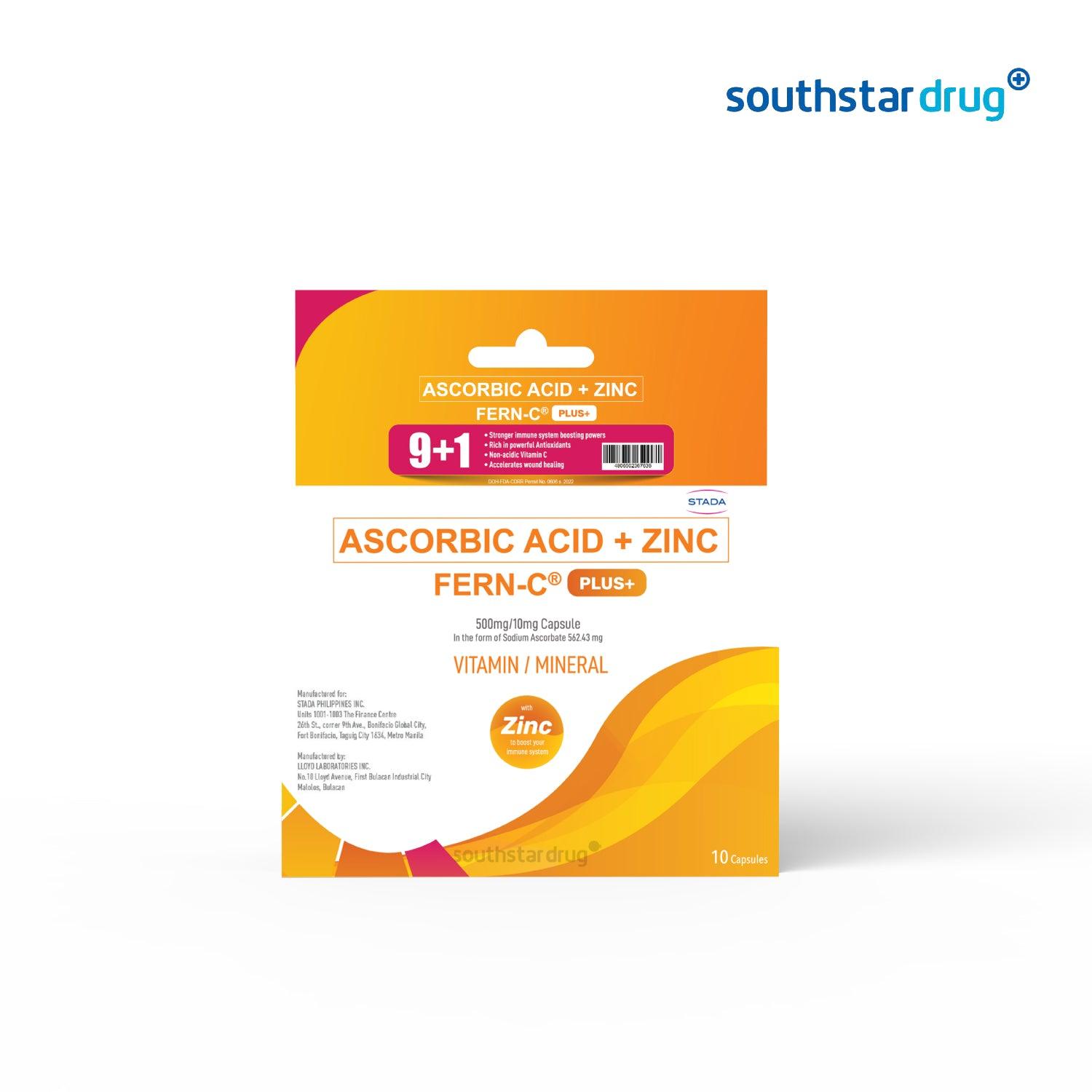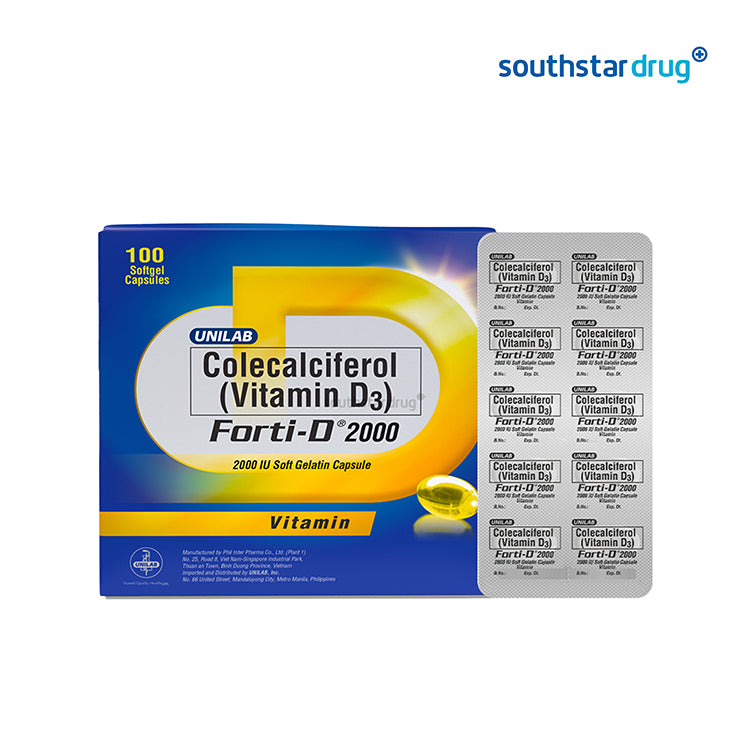Baby Corner
Sidebar
BREAST PUMP FOR MOMMIES
Published by: Southstar Drug
Breast pump is an instrument used in order to collect milk from the breast. The...
Developing Your Child’s EQ
Published by: Southstar Drug
Emotional Intelligence (EQ) talks about how we understand our own emotions, and how...
Baby No More
Published by: Southstar Drug
As I flicked through the internet and searched for random but important pointers for my baby, I encountered this simple question from a comommy: what age is your baby no longer considered a baby? I realized that this question had been going on my mind every now and then, too. I immediately sought for answers from blogs, books, and other legitimate sources. After clicking and typing here and there, it was fascinating to know that lots of mommies have been searching for answers too and they had discussions on some blogs regarding it. Here are some of the answers I got from my comommies: “Whenever your baby learns to walk they will then be considered a toddler. At least, this is what I was taught by my son's pediatrician.” “My son will turn 1 and he's no longer considered an infant but yet he's not old enough to be considered a toddler yet.“ “As soon as they talk back to you??? I guess by two years of age?!" Perhaps, this question would give definite and reliable answer even more: What's the difference between Baby, Newborn, Infant & Toddler? ...
Neck and Head Power
Published by: Southstar Drug
At two months, your baby continues to show off different motor skills. It means...








